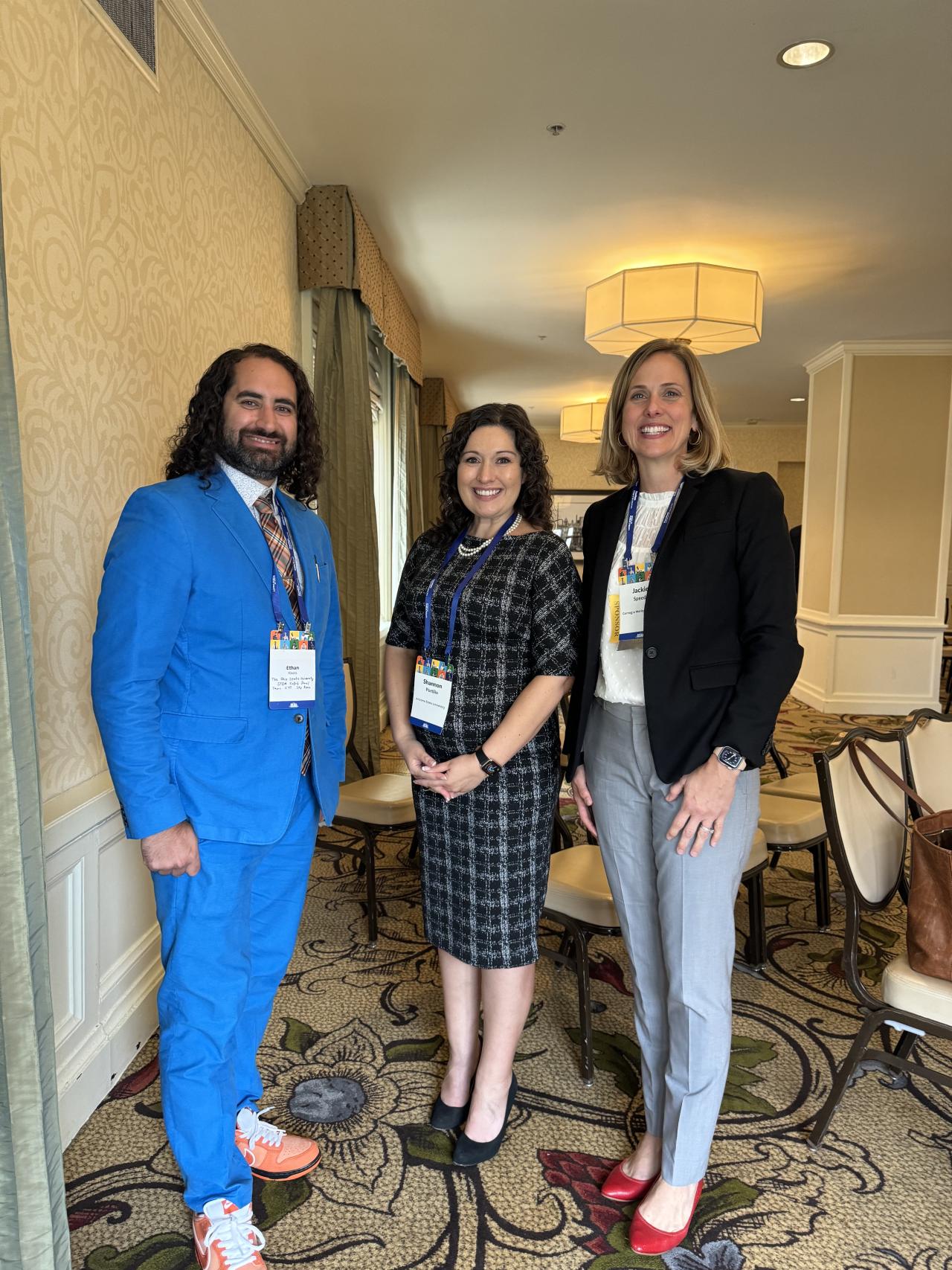The Network of Schools of Public Policy, Affairs and Administration (NASPAA) Annual Conference was held in Pittsburgh, Pennsylvania in October. The conference aims to convey the importance of public service education. With 310 member institutions, NASPAA brings together an array of educators and researchers that make a lasting impact on the nature of public affairs and higher education.
Ethan Rivera, the Student Programming Lead for the Ohio State Battelle Center for Science, Engineering and Public Policy in the John Glenn College of Public Affairs, convened a panel on the ways public affairs and STEM education can connect to create a richer educational experience. Ethan was joined by Shannon Portillo, Director and Professor in the Watts College of Public Service at Arizona State University and Jackie Speedy, Associate Dean of the School of Public Policy and Management at Heinz College of Information Systems and Public Policy at Carnegie Melon University.
